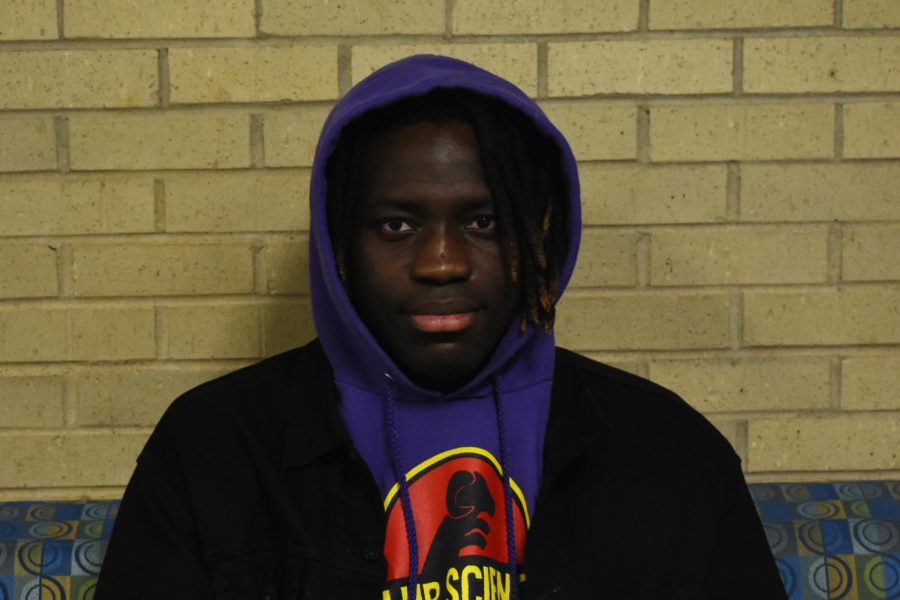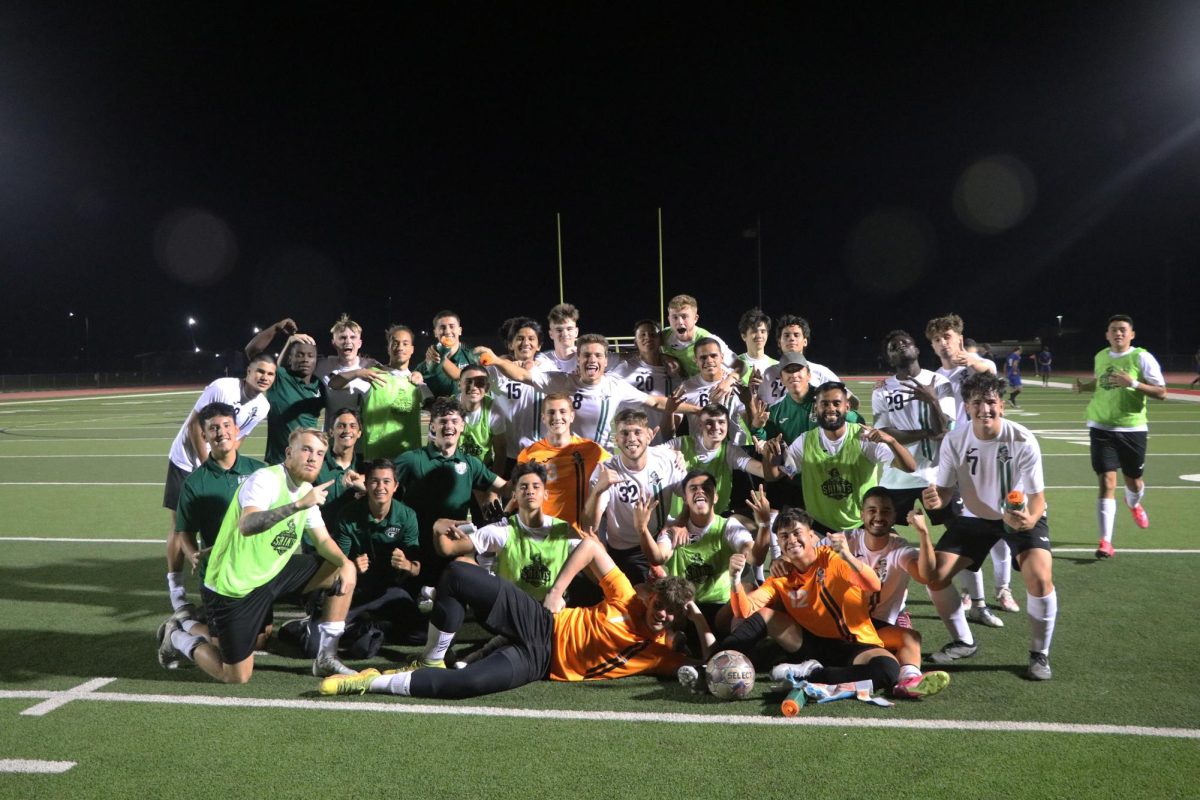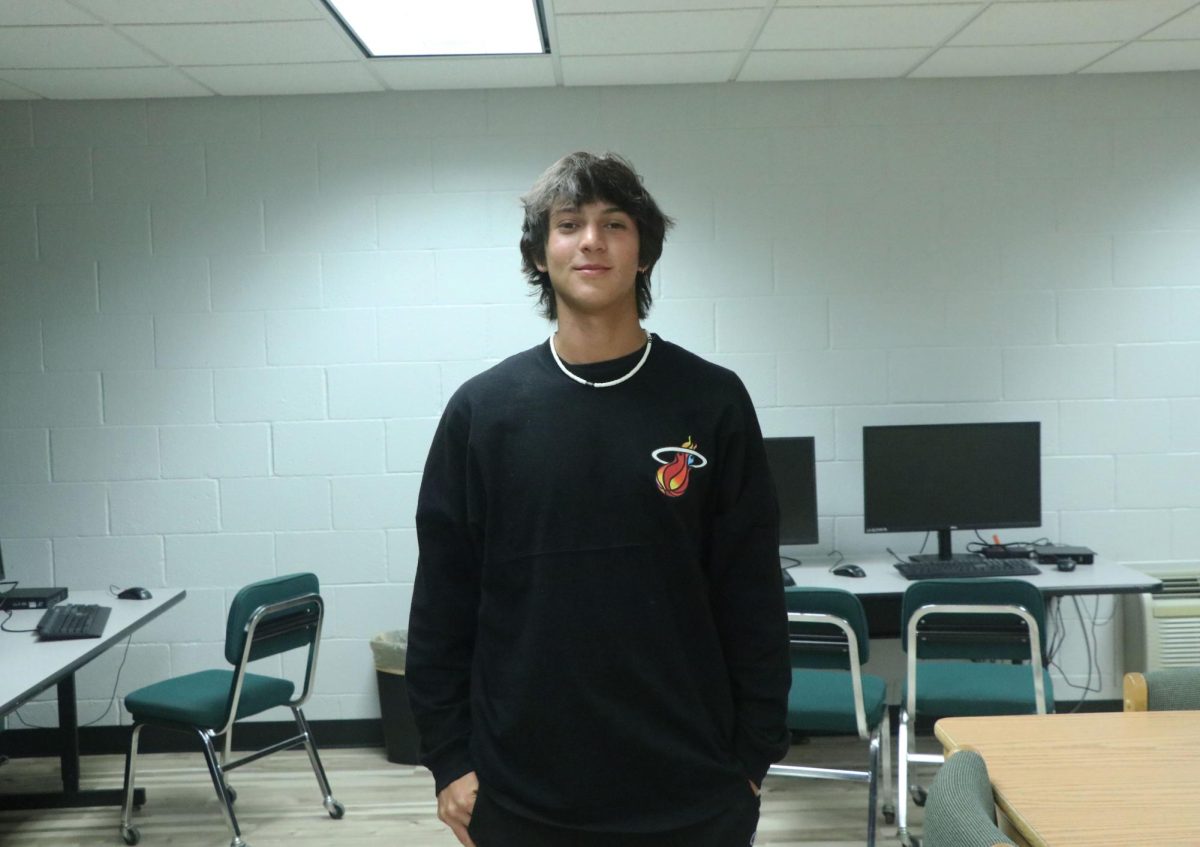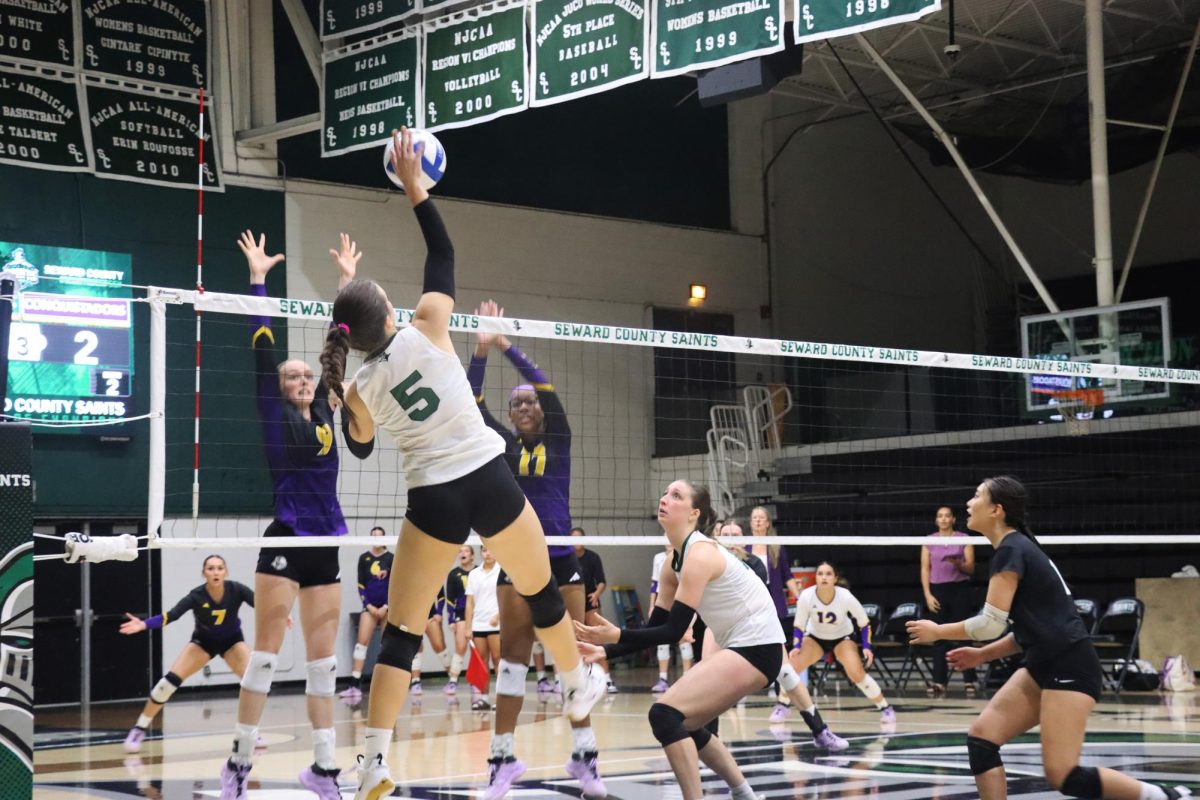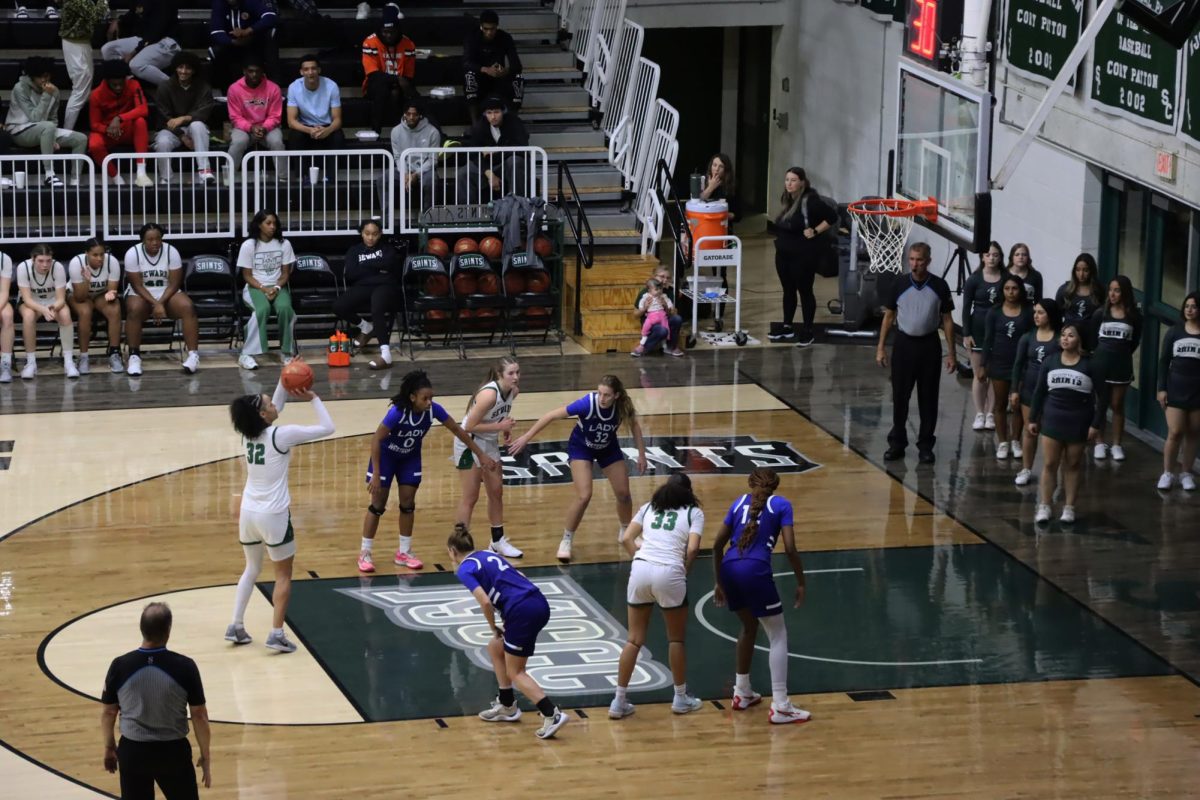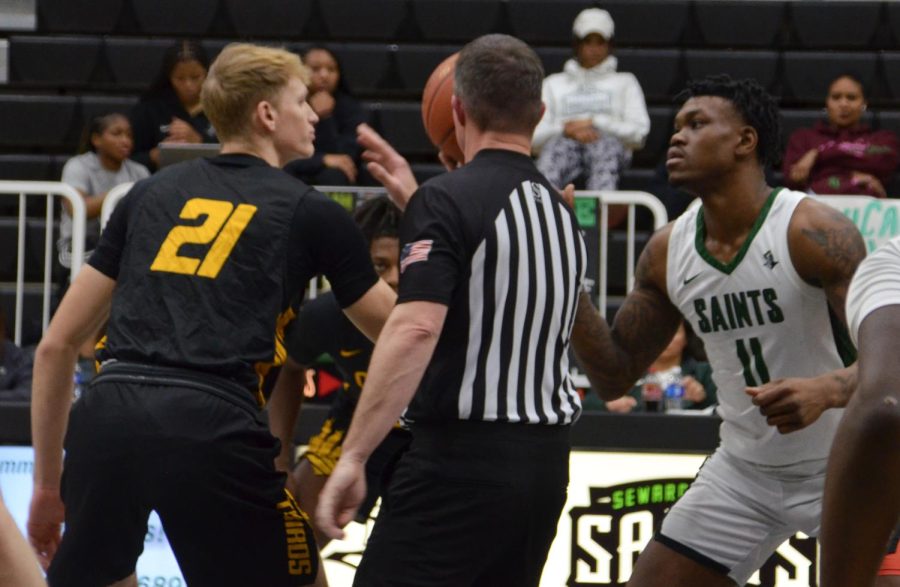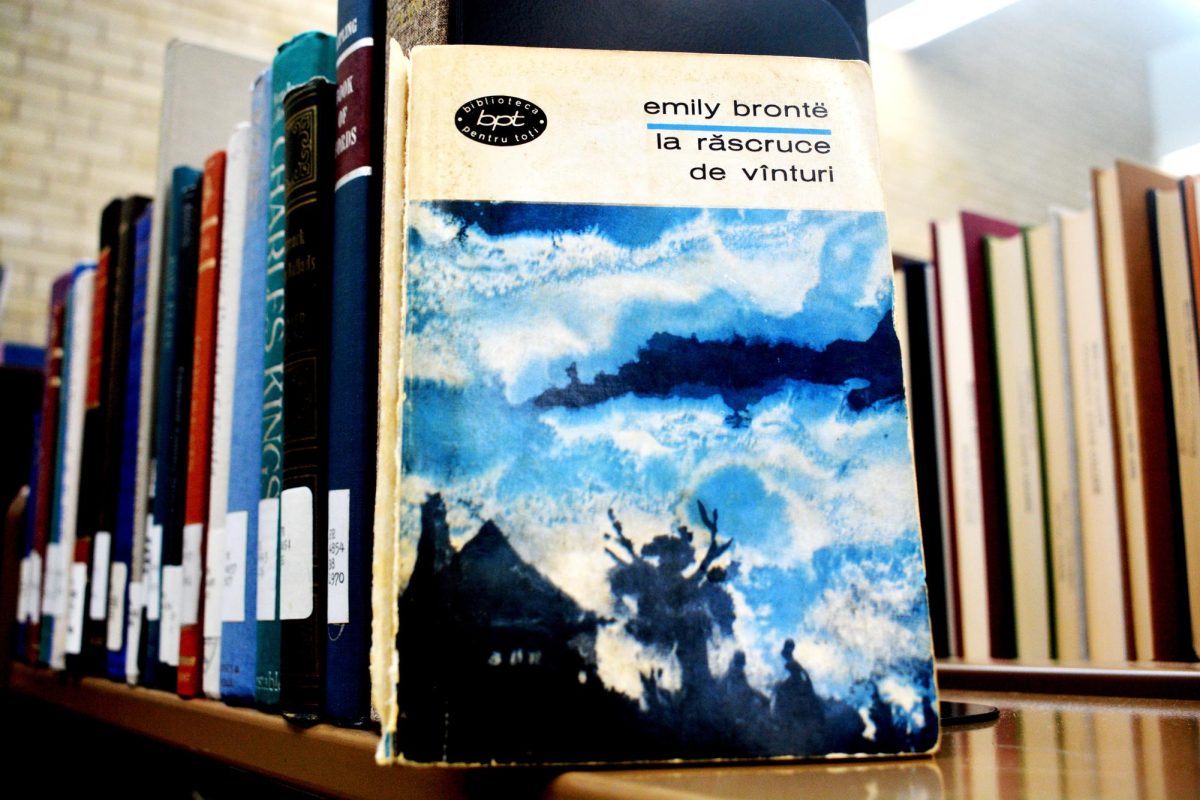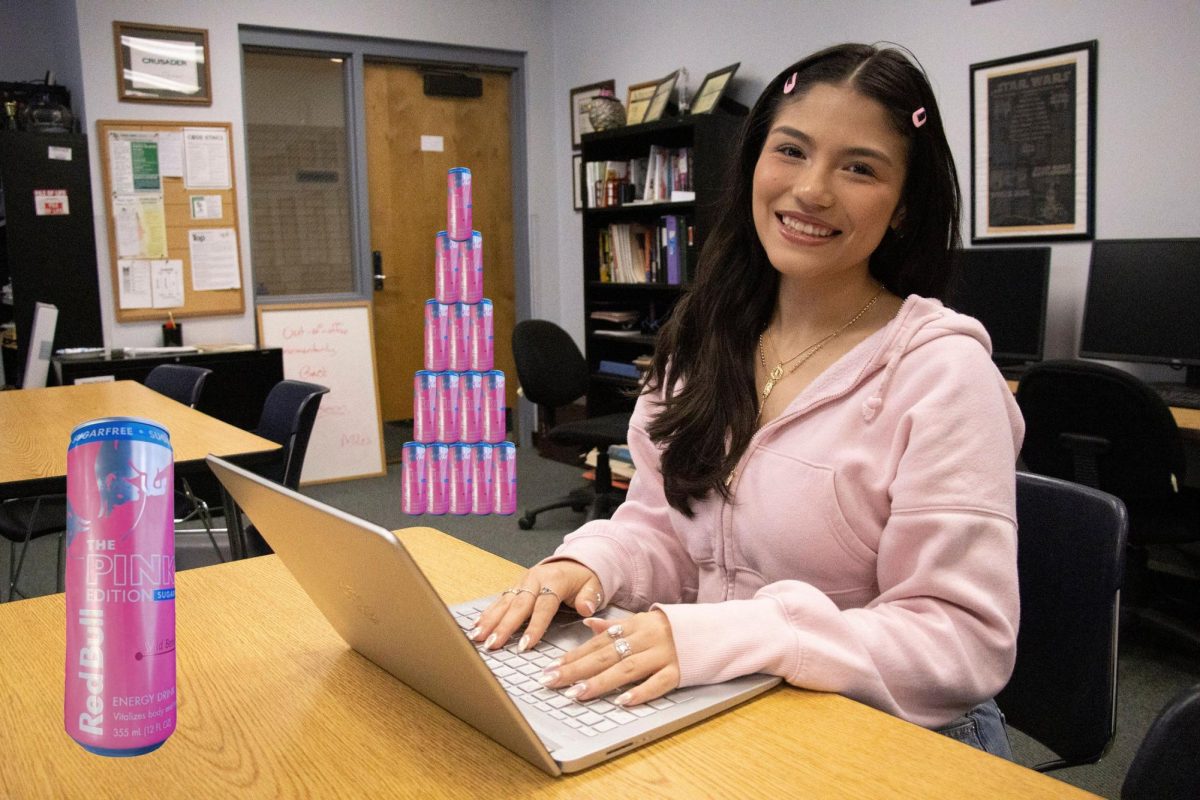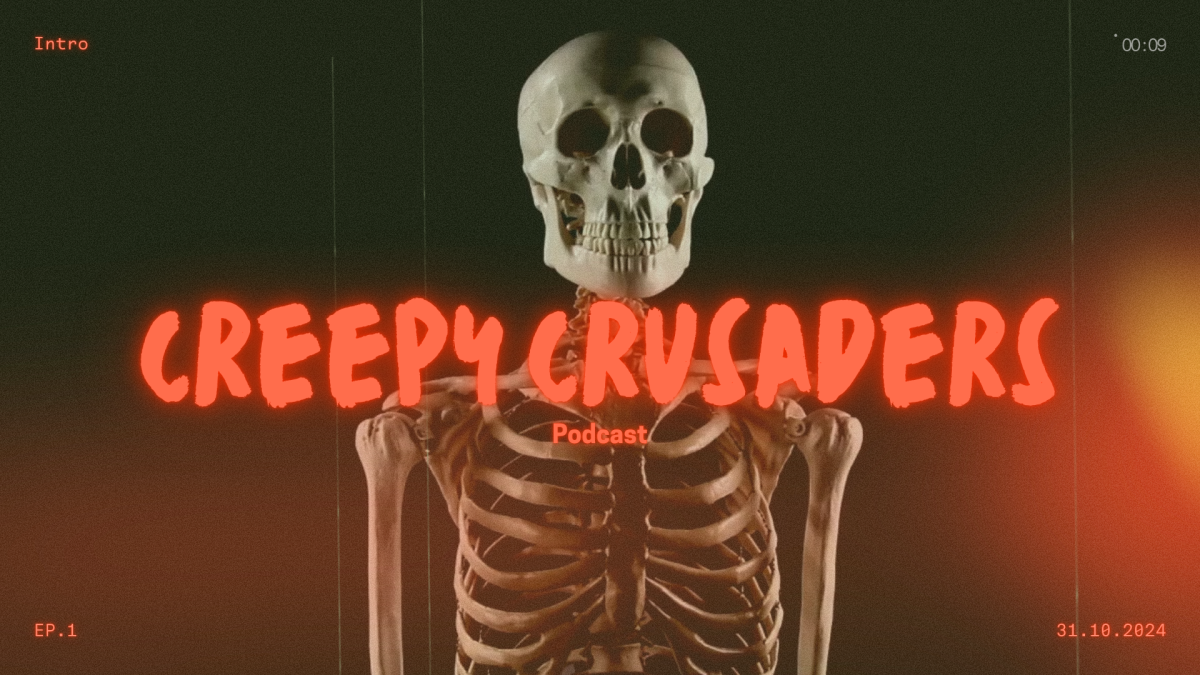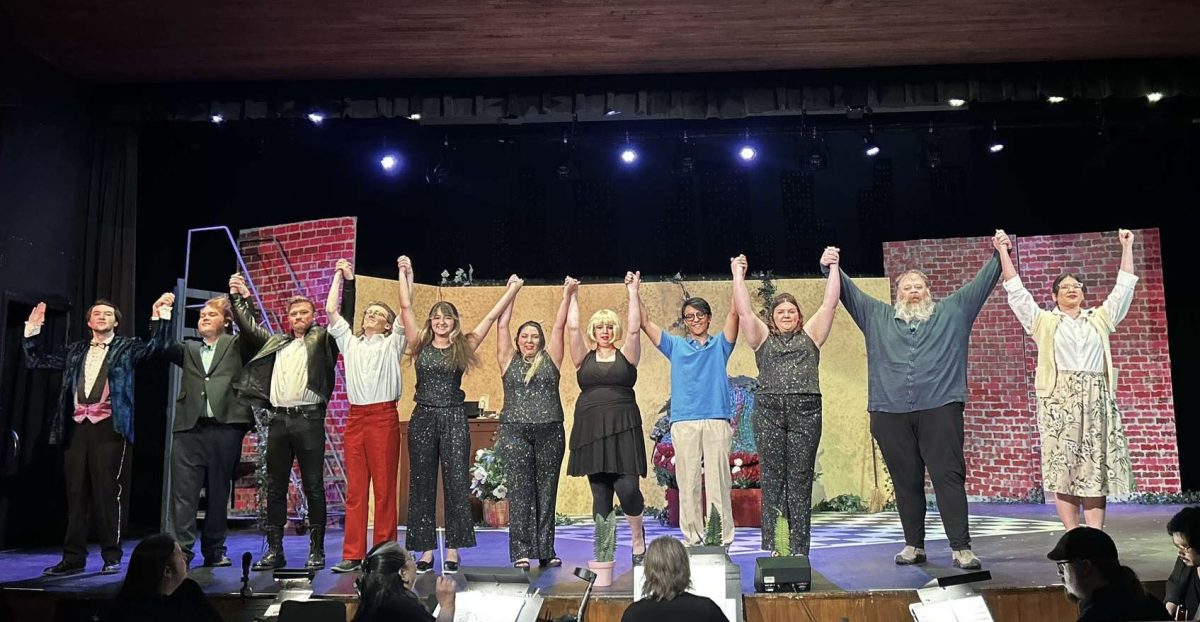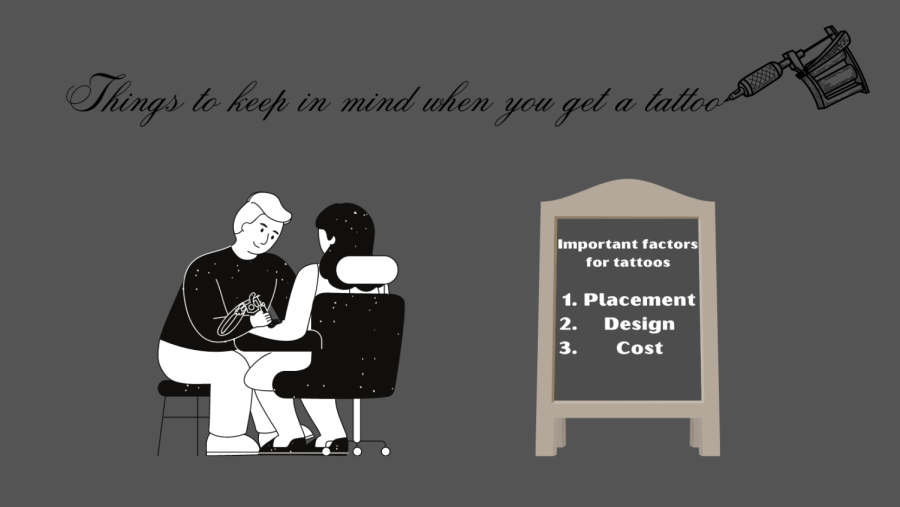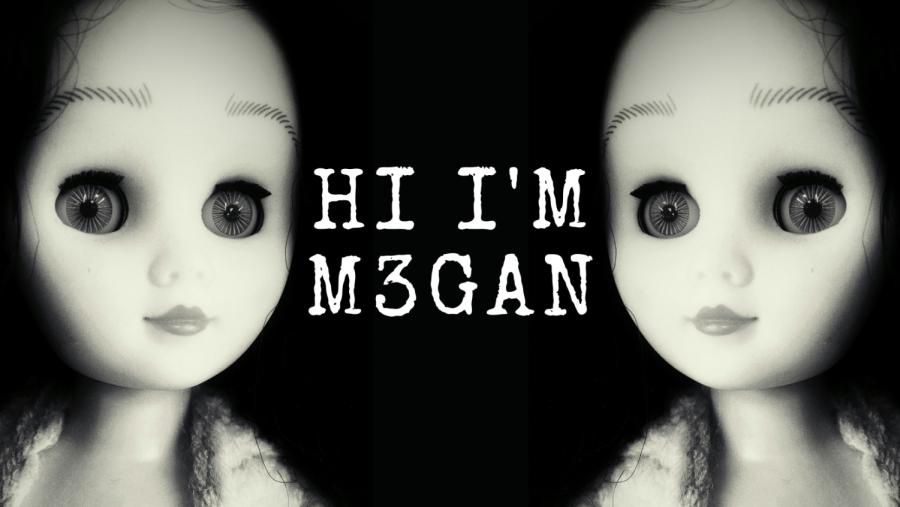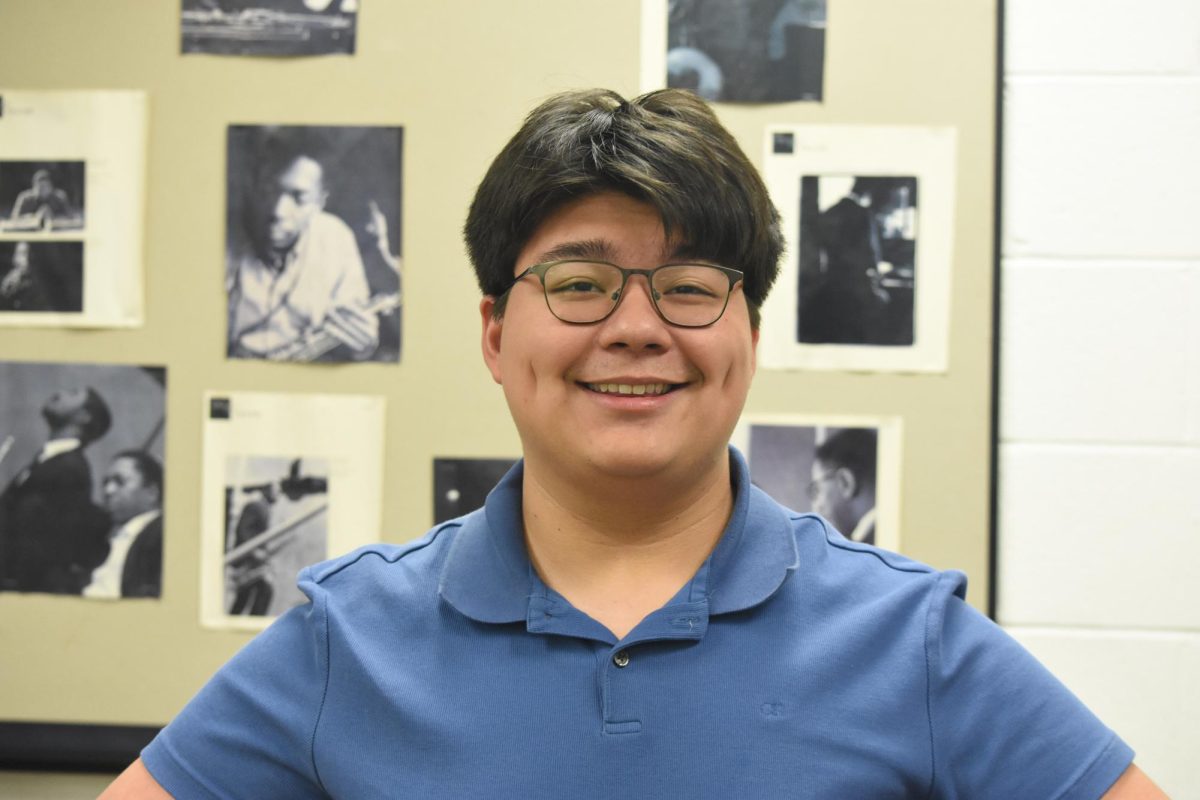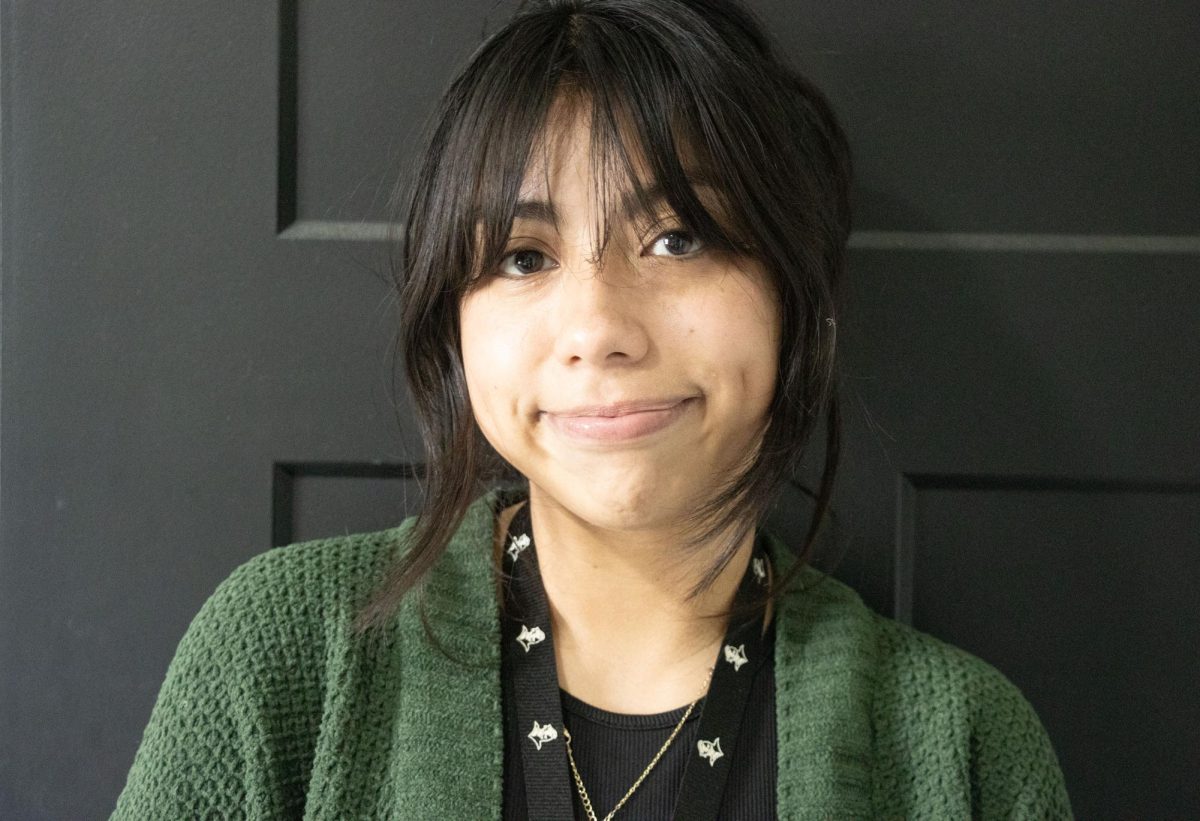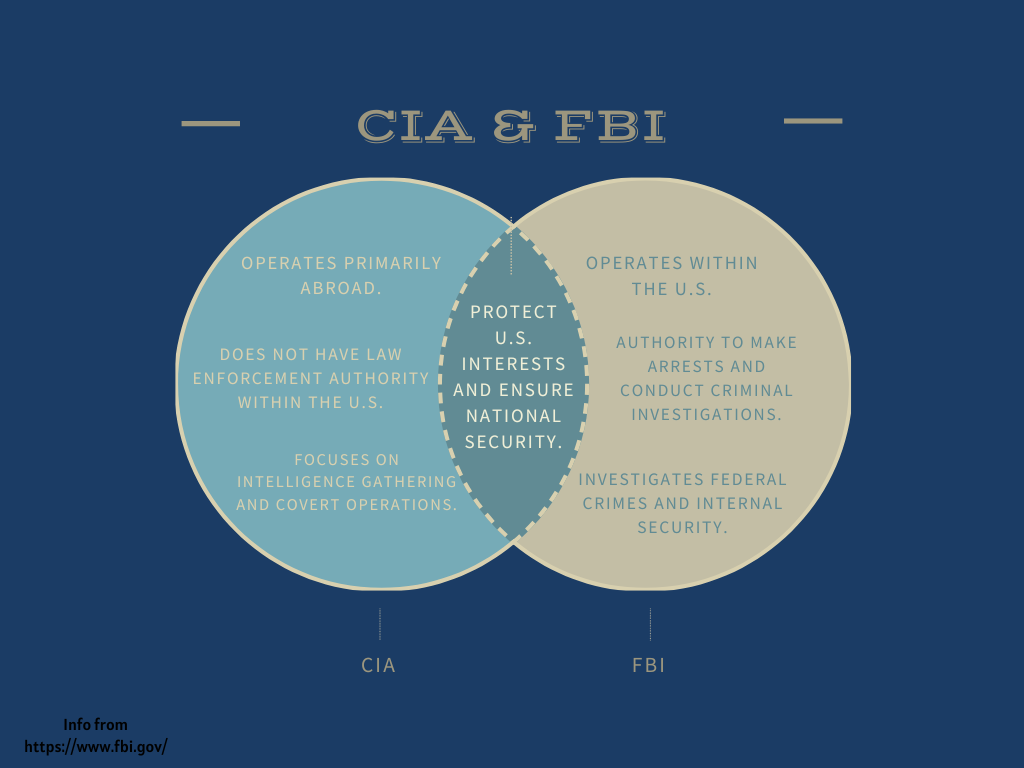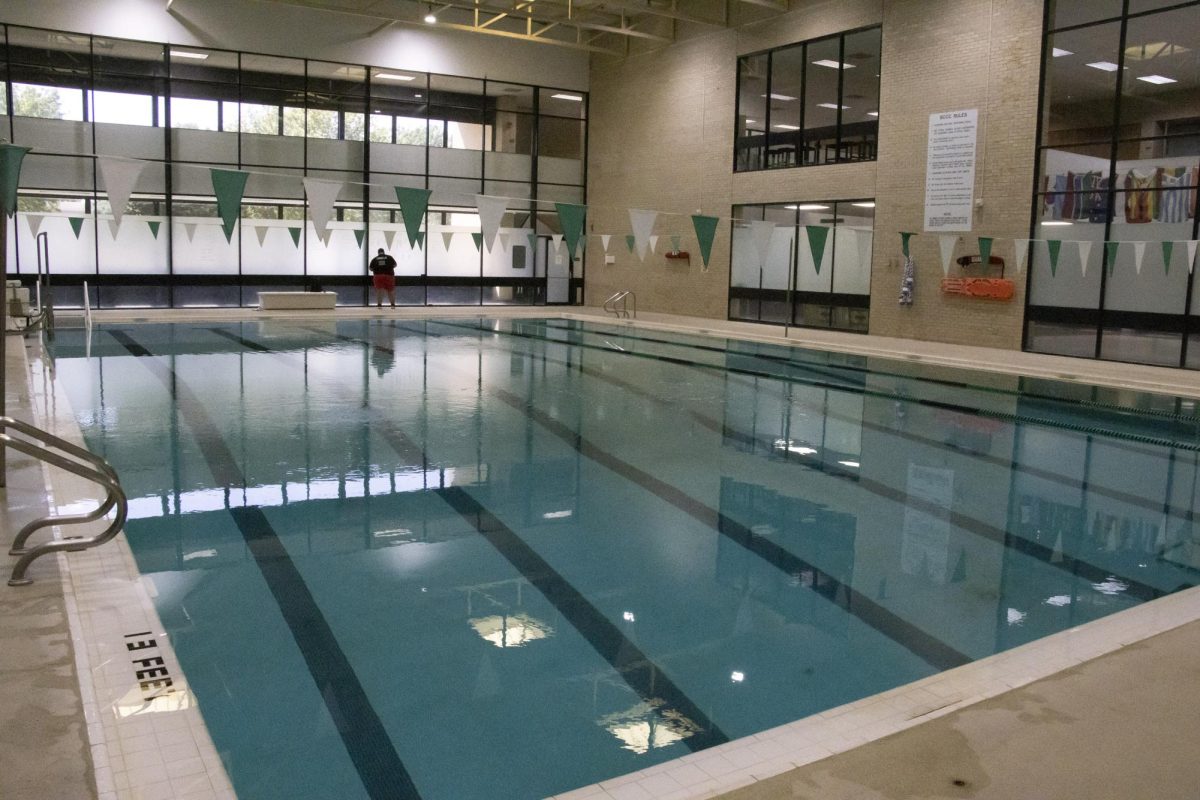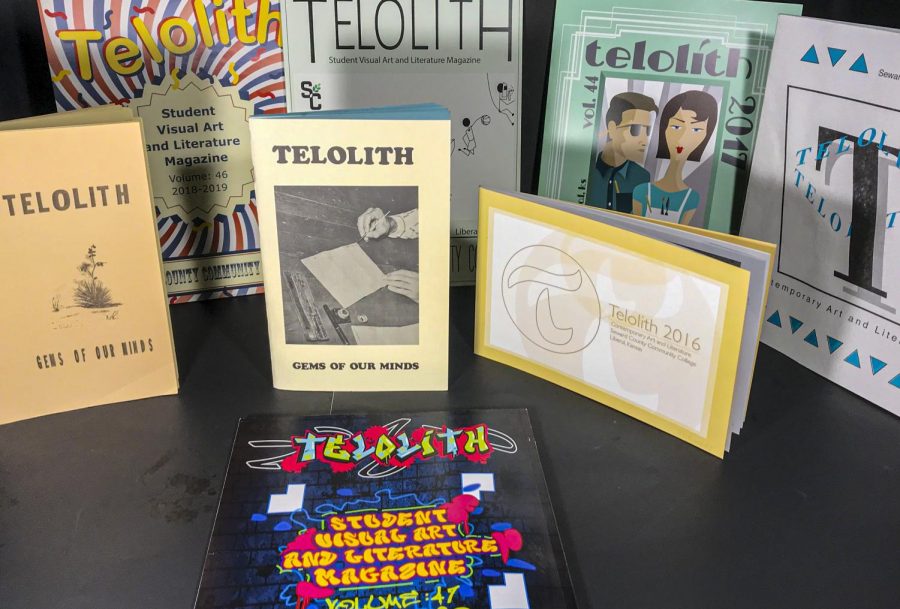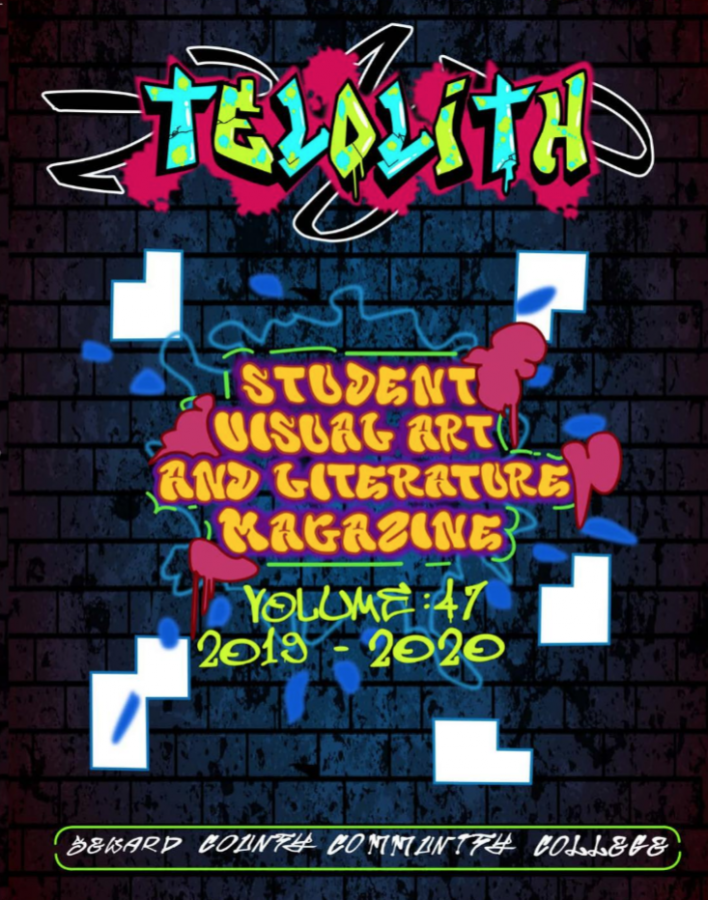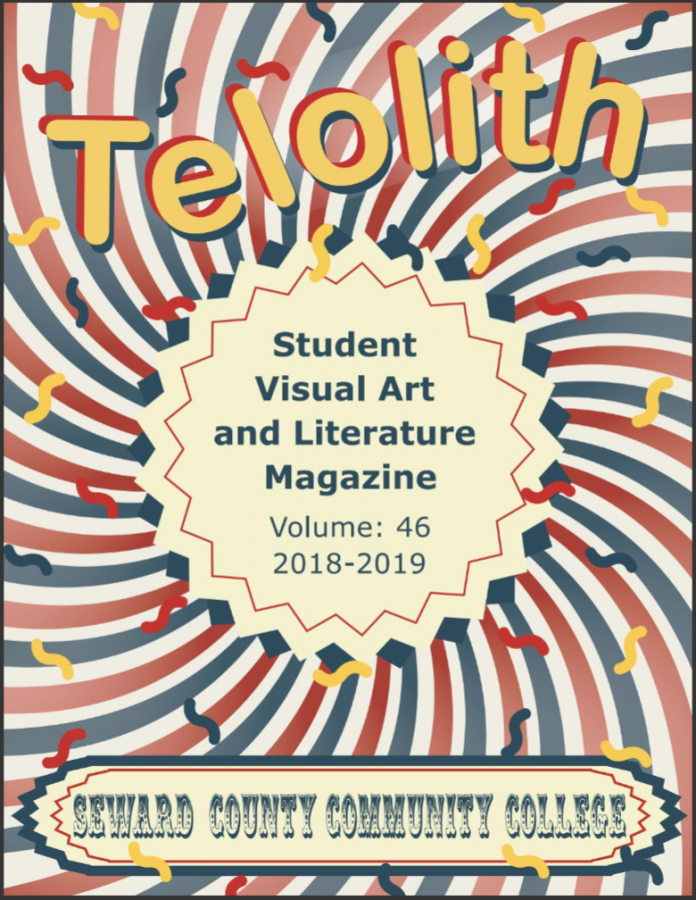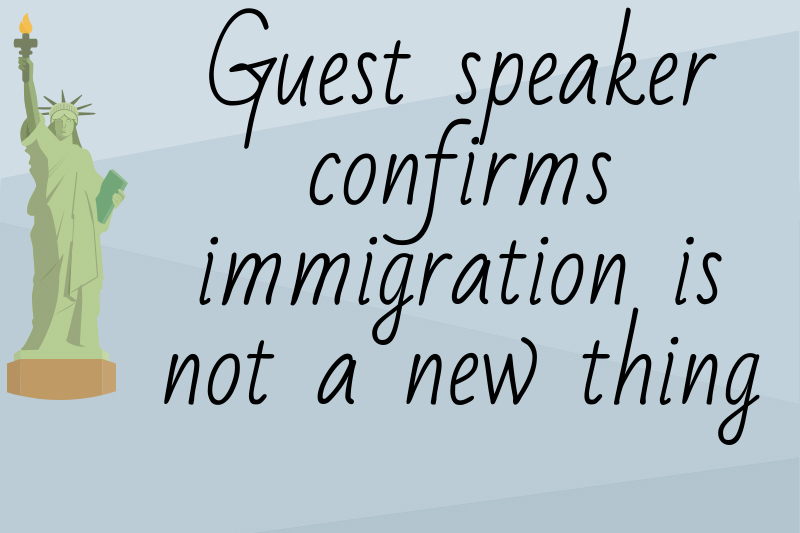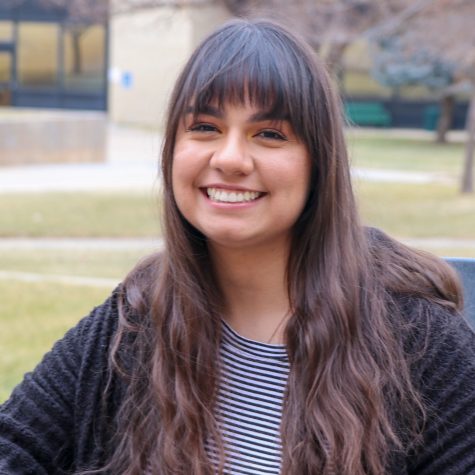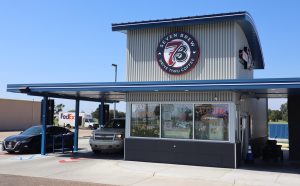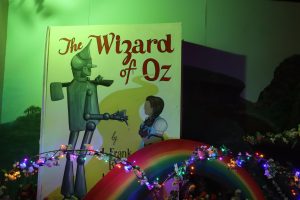Guest speaker confirms immigration is not a new thing
SCCC Library hosts lunch where Matthew Sanderson talks about immigration in Kansas. Although the subject is not new the way we choose to see it is.
March 26, 2019
“Humans make the lines when in reality there are no lines,” Matthew Sanderson, professor of sociology at Kansas State University said as he closed up his “Immigration in Kansas” presentation.
On March 22, the Seward County Community Colleges library hosted a free lunch in the library and brought Sanderson to speak on immigration in Kansas and the United States.
Sanderson is a professor of sociology and anthropology and social work at KSU. He began studying patterns of immigration in the United States after a trip to Juarez, where he met a Hispanic man, who was very significant in Sanderson’s idea of his study. He and his team have been studying immigration in Kansas for about five years.
Sanderson spoke about how the anti-immigrant sentiment is not new to America. He also spoke about how Irish, German and Slavic immigrants were not seen as the mainstream white people in America but now, they are.
“In 1876, Irish, German, Slavs, Italian and French people immigrated and were actually the most hated by Americans. Ads in newspapers would discriminate against them, like propaganda, they wouldn’t allow them to work,” Sanderson explained.
Italians and Slavs were not seen as white until 1960.
Sanderson wanted to leave the audience with three takeaways, what has changed in immigration, do we want this to change and what would we do?
The main change that Sanderson pointed out that happened between immigration in the 20th century and this century is that the types of immigrants have changed. The skin color of the immigrants have changed and that has brought more anti-immigration beliefs in America.
“The thing people don’t know is that in the 1800s, in Kansas, Germans populated most of Kansas’ land. You could hear about 10-14 different dialects just walking down the street,” Sanderson noted.
Sanderson also brought up how population in Kansas has been stagnant in Kansas and that immigration rates are finally returning back to normal, which is becoming more diverse.
Towards the end, Sanderson left the audience with a good point.
“I want you to think about how before you were born, you had no idea who your parents would be, where you would live and how you would be brought up. You also had no choice of what family you were born into,” Sanderson said.
The point he was trying to make was that we simply have no control over where we live or who our ancestors are, whether that’s across the Mexican border or in America, in another continent or another. The way we look at people will be our problem to fix and recognize.
“It’s not about the president we have at the moment and what he thinks, it’s about us and how we choose to change our perspective,” Sanderson said.




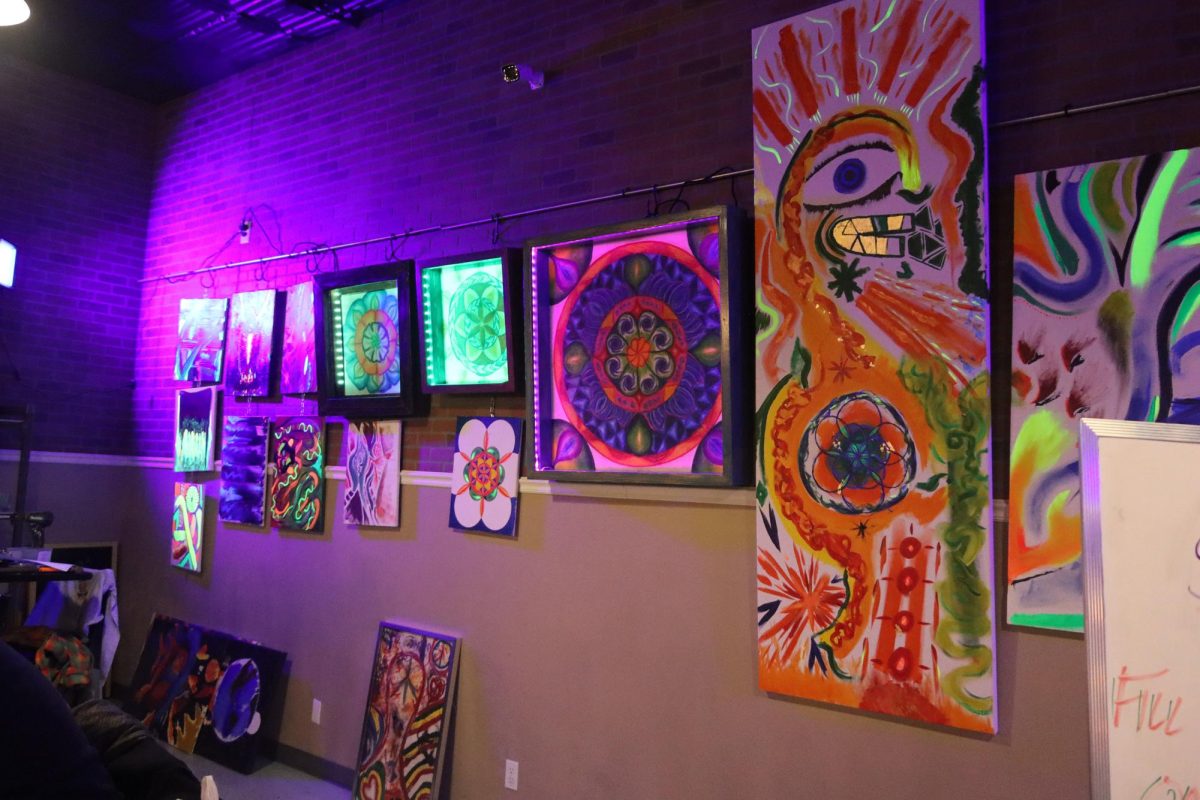
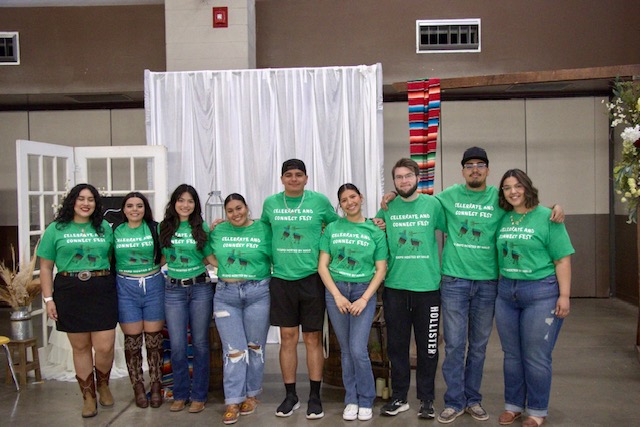
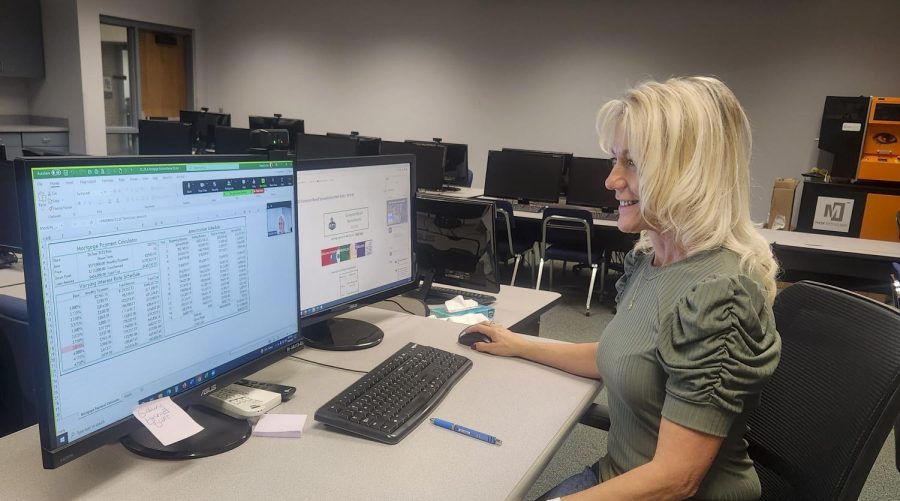


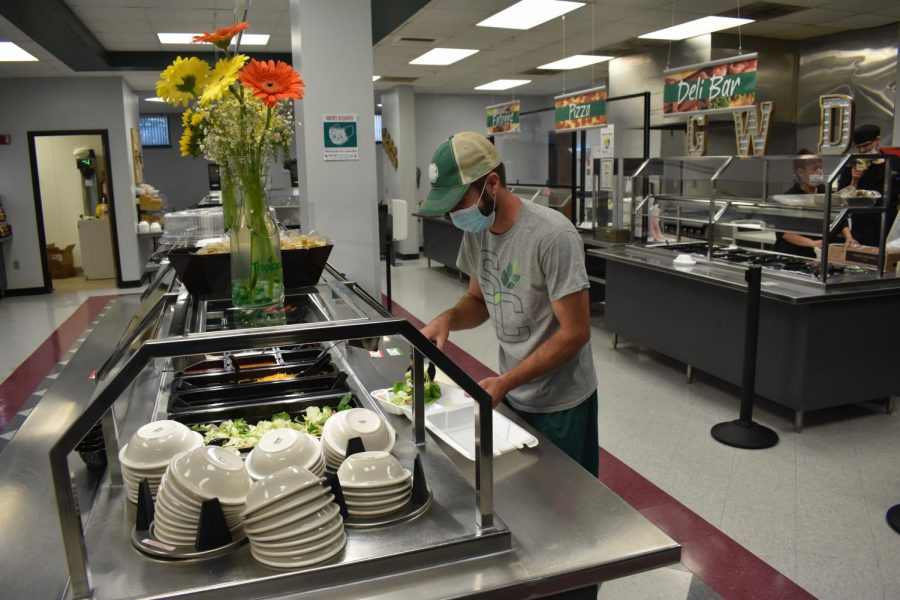



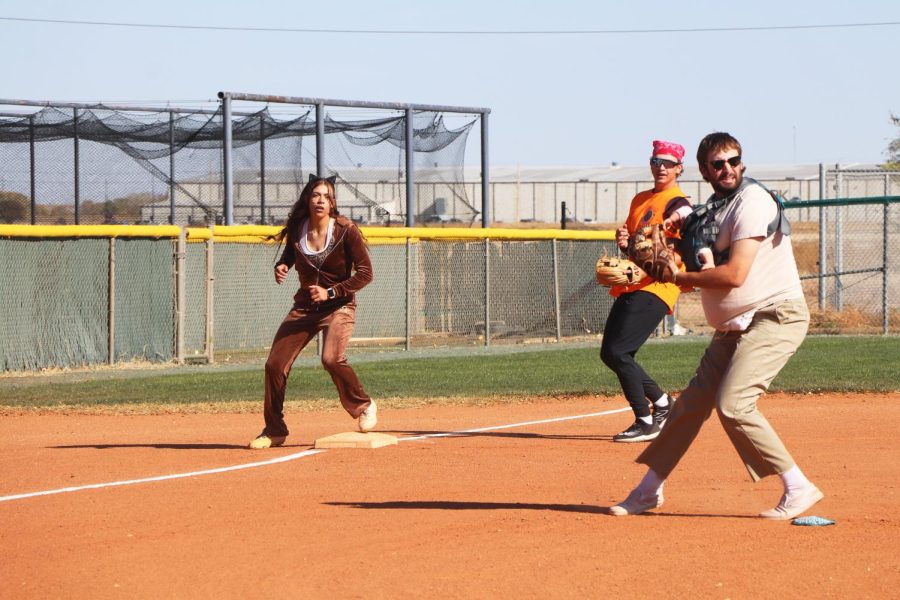
![The sophomores were recognized on the field instead of walking across the stage during their doubleheader. They received their diplomas and a picture of themselves playing during their career at Seward. [Pictured left to right are Dylan Day, Reed Thomas, Jase Schneider, Mason Martinez, Gannon Hardin, Brody Boisvert, and Zach Walker]](https://crusadernews.com/wp-content/uploads/2022/05/WEBDSC_0275-900x454.jpg)



